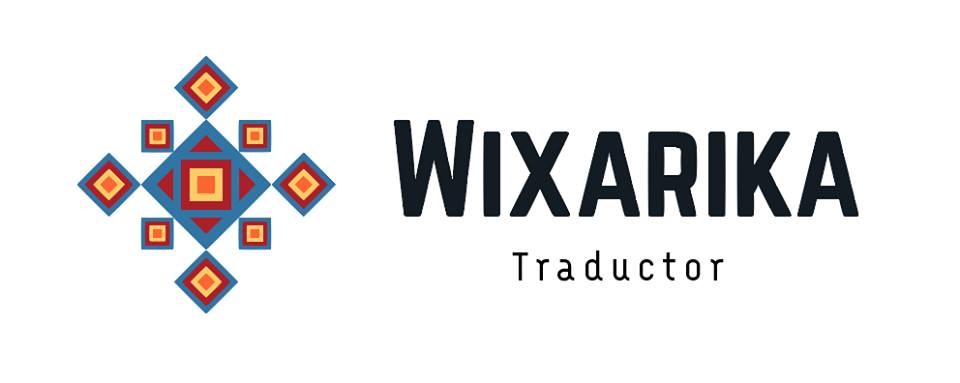
BPE vs. Morphological Segmentation: A Case Study on Machine Translation of Four Polysynthetic Languages
Manuel Mager, Arturo Oncevay, Elisabeth Mager, Katharina Kann, Ngoc Thang Vu
Abstract
Morphologically-rich polysynthetic languages present a challenge for NLP systems due to data sparsity, and a common strategy to handle this issue is to apply subword segmentation. We investigate a wide variety of supervised and unsupervised morphological segmentation methods for four polysynthetic languages: Nahuatl, Raramuri, Shipibo-Konibo, and Wixarika. Then, we compare the morphologically inspired segmentation methods against Byte-Pair Encodings (BPEs) as inputs for machine translation (MT) when translating to and from Spanish. We show that for all language pairs except for Nahuatl, an unsupervised morphological segmentation algorithm outperforms BPEs consistently and that, although supervised methods achieve better segmentation scores, they under-perform in MT challenges. Finally, we contribute two new morphological segmentation datasets for Raramuri and Shipibo-Konibo, and a parallel corpus for Raramuri--Spanish.
- Morpholgical segmentation for Rarámuri (tar) and Shipibo-Konibo (shp). Note that Rarámuri is surface segmented, and Shipibo-Konibo has a canonical segmentation. [morpho-data.zip]
- Parallel data: Rarámuri-Spanish [spa-tar.zip]
Fortification of Neural Morphological Segmentation Models for Polysynthetic Minimal-Resource Languages
Katharina Kann, Manuel Mager, Ivan Meza, Hinrich Schütze
Abstract
Morphological segmentation for polysynthetic languages is challenging, because a word may consist of many individual morphemes and training data can be extremely scarce. Since neural sequence-to-sequence (seq2seq) models define the state of the art for morphological segmentation in high-resource settings and for (mostly) European languages, we first show that they also obtain competitive performance for Mexican polysynthetic languages in minimal-resource settings. We then propose two novel multi-task training approaches -one with, one without need for external unlabeled resources-, and two corresponding data augmentation methods, improving over the neural baseline for all languages. Finally, we explore cross-lingual transfer as a third way to fortify our neural model and show that we can train one single multi-lingual model for related languages while maintaining comparable or even improved performance, thus reducing the amount of parameters by close to 75%. We provide our morphological segmentation datasets for Mexicanero, Nahuatl, Wixarika and Yorem Nokki for future research.Resources
- Paper [arXiv, local]
- Data set [language_data.tar.bz2]
- Sorce Code [med.zip]
- Presentation Video [external link]
Papers that use this dataset
- Eskander, R., Klavans, J. & Muresan S. (2019) Unsupervised Morphological Segmentation for Low-Resource Polysynthetic Languages. In Proceedings of the 16th Workshop on Computational Research in Phonetics, Phonology, and Morphology (pp. 189–195).
- Sorokin, A. (2019). Convolutional neural networks for low-resource morpheme segmentation: baseline or state-of-the-art? In Proceedings of the 16th Workshop on Computational Research in Phonetics, Phonology, and Morphology (pp. 154–159).1
Cite
You are welcome to use the code and datasets, however please acknowledge its use with a citation:@inproceedings{N18-1005,
title = "Fortification of Neural Morphological Segmentation Models for Polysynthetic Minimal-Resource Languages",
author = {Kann, Katharina and
Mager Hois, Jesus Manuel and
Meza Ruiz, Ivan Vladimir and
Sch{\"u}tze, Hinrich},
booktitle = "Proceedings of the 2018 Conference of the North American Chapter of the Association for Computational Linguistics: Human Language Technologies, Volume 1 (Long Papers)",
month = jun,
year = "2018",
address = "New Orleans, Louisiana",
publisher = "Association for Computational Linguistics",
url = "https://www.aclweb.org/anthology/N18-1005",
doi = "10.18653/v1/N18-1005",
pages = "47--57",
}